Blogs from the Field
A healthy future for wildlife, people, and planet.
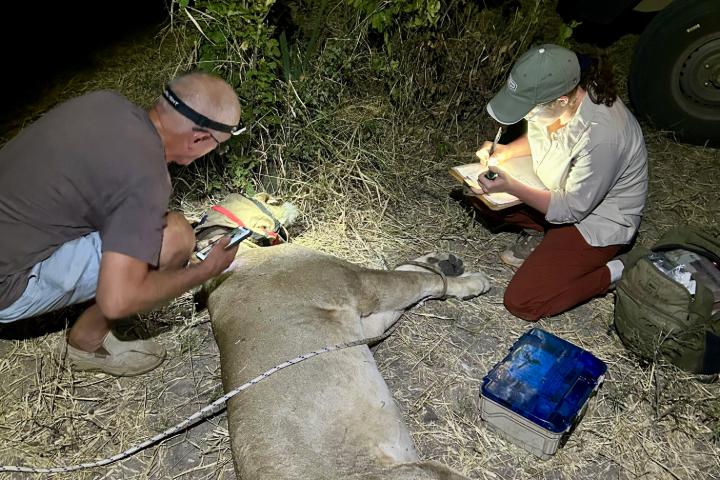
January 05, 2026
March ended in quite a spectacular way for me this year. I began the month sitting in classrooms at Cornell University’s College of Veterinary Medicine and ended it out in the Zimbabwean bush, drawing blood from a sedated lion under a nighttime African sky....
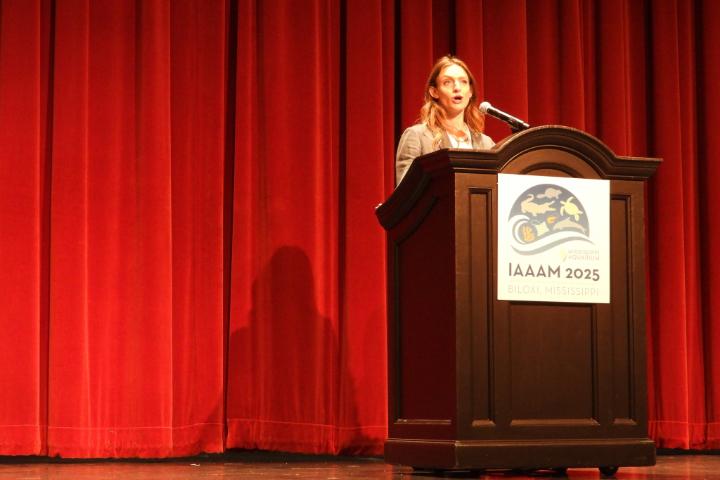
December 11, 2025
One of my primary goals during my veterinary education was to present at a professional conference to gain experience and build my network. I was able to achieve this goal by presenting at the 2025 International Association for Aquatic Animal Medicine Conference....
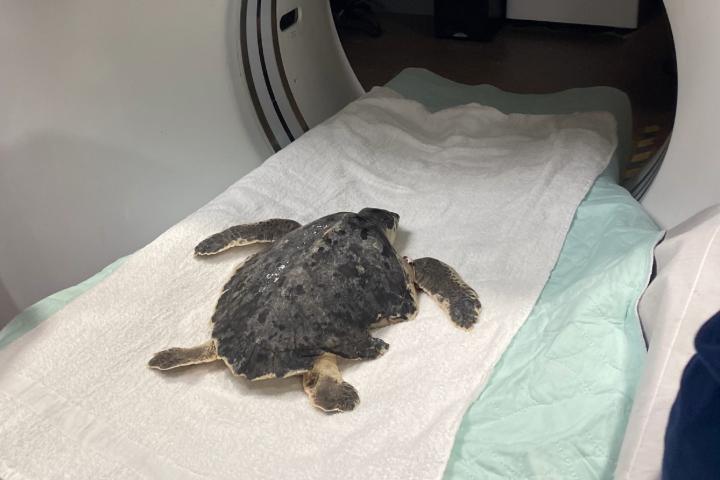
December 02, 2025
This past spring, I had the opportunity to travel to Gulfport, Mississippi, where I served as a veterinary student extern at the Mississippi Aquarium. It was my first time working at an aquarium, and I loved it....
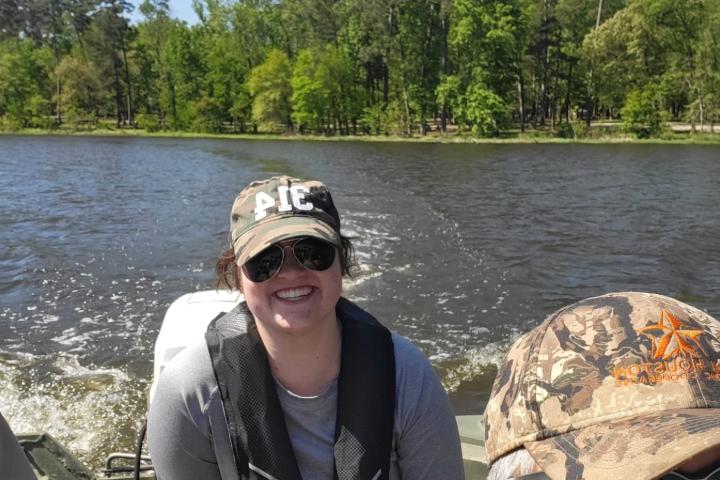
November 24, 2025
Veterinary medicine offers a wide range of career paths and options, and one of the most interesting and often overlooked is that of a state wildlife veterinarian....
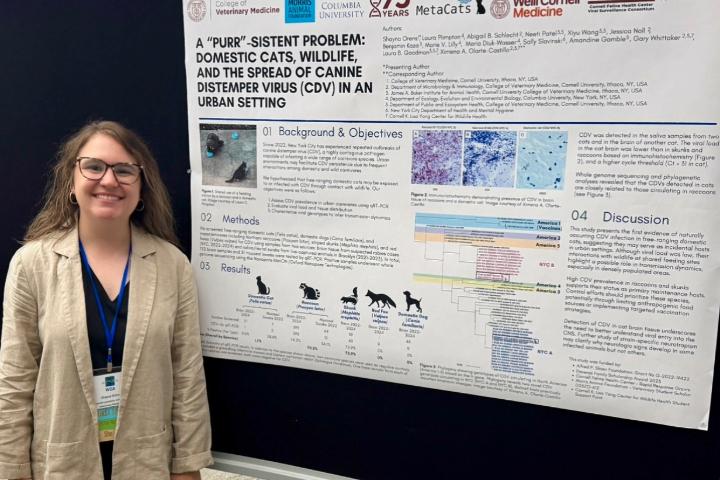
November 06, 2025
As a veterinary student passionate about wildlife health, One Health, and infectious disease ecology, this experience was a turning point....
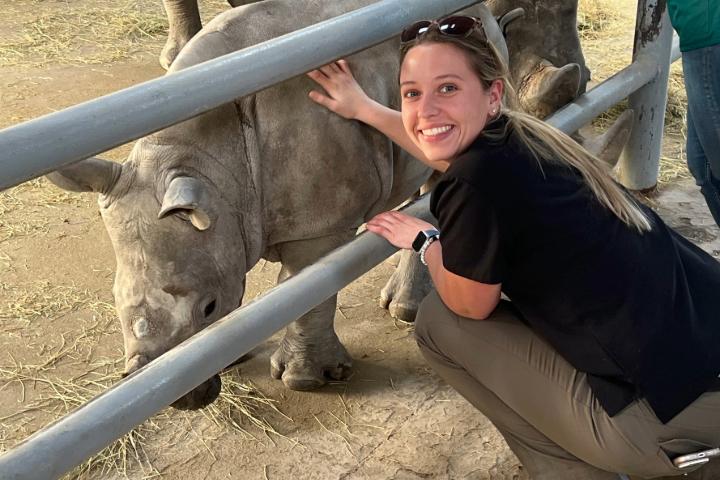
October 29, 2025
With aspirations of working as a veterinarian in a safari park, I approached the externship with the goal of gaining hands-on experience in field anesthesia and procedures performed under semi-free-ranging conditions....
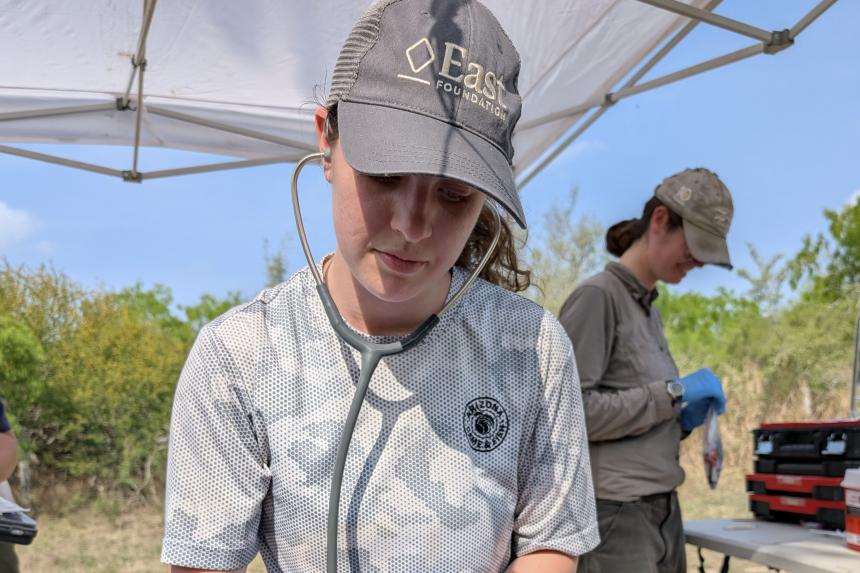
October 23, 2025
On the recommendation of Cornell’s Dr. Martin Gilbert, I reached out to Dr. Ashley Reeves, the research veterinarian for the East Foundation, a private nonprofit focused on land stewardship...
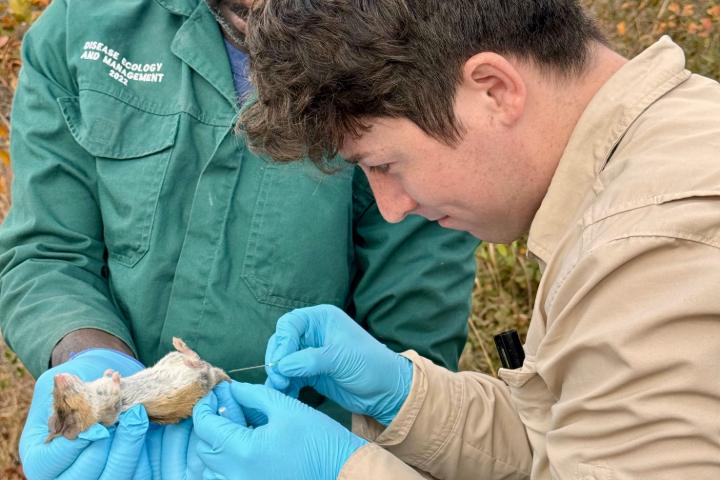
October 15, 2025
I had the opportunity to spend two months in the middle of Kruger National Park (KNP) in collaboration with the Organization for Tropical Studies (OTS)...
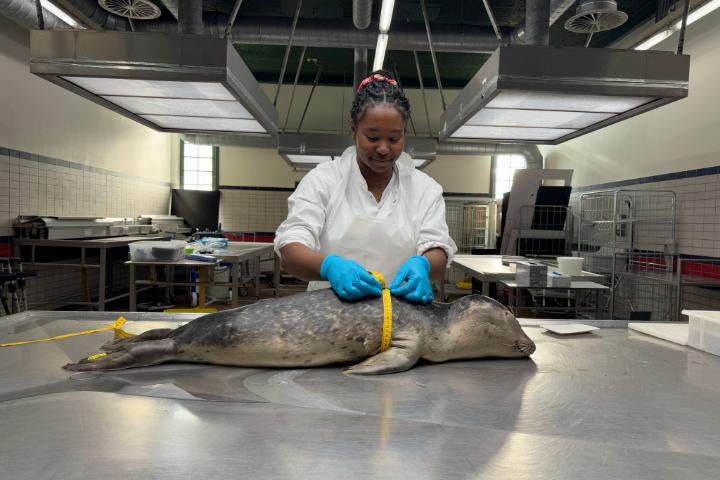
September 16, 2025
by
Victoria Priester
Every seal or porpoise that strands tells a story of the life it lived and how it died, though some findings from necropsies make more complete stories than others....
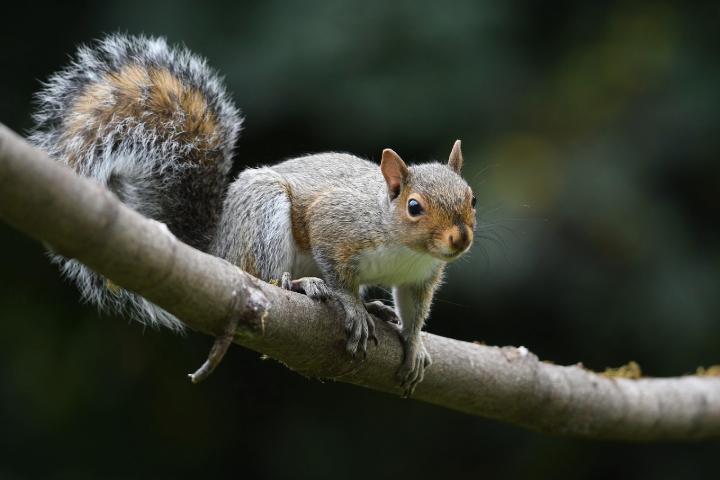
August 26, 2025
What does it mean to care for 1,376 wild animals over the course of a summer? This past summer, I found out firsthand as a hospital extern at WildCare...
